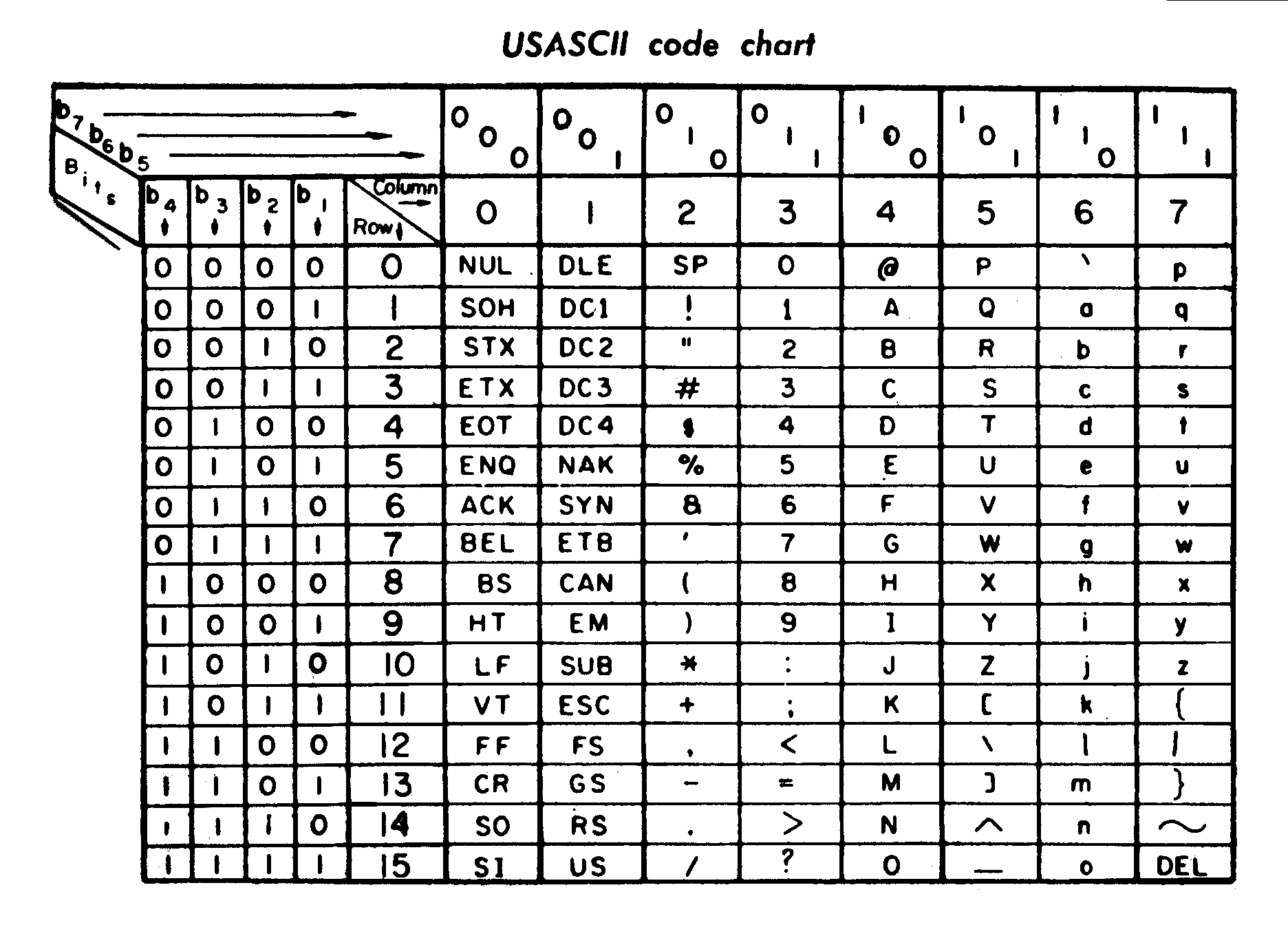
ASCII, or American Standard Code for Information Interchange, was developed in the 1960s based on telegraph code. Its limitations shaped the alphabet of many software languages (Source: public domain)
Caveat emptor: these individual card pages are work in progress, and their content is in no way final!
The basic alphabet is often taken for granted, especially for textual languages, but it is an important design aspect. In some languages (APL being the extreme) the alphabet is extremely broad, with specific symbols being used for built-in operators, which shifts the visual feel of the language closer to mathematics. In other languages keywords are taken from English, which limits language appeal to some groups of users (and may lead to reimplementations with translated keywords).
The original design card was about suggestive physical form of the designed system, such as shaping holes in recycle bins to match the type of waste, which was measured to increase recycling levels. Shaping the alphabet of the language, along with its Concrete Syntax, can send a message about its platform or technology bias, or make it more attractive to specific target audiences (scientists, children, etc).

ASCII, or American Standard Code for Information Interchange, was developed in the 1960s based on telegraph code. Its limitations shaped the alphabet of many software languages (Source: public domain)
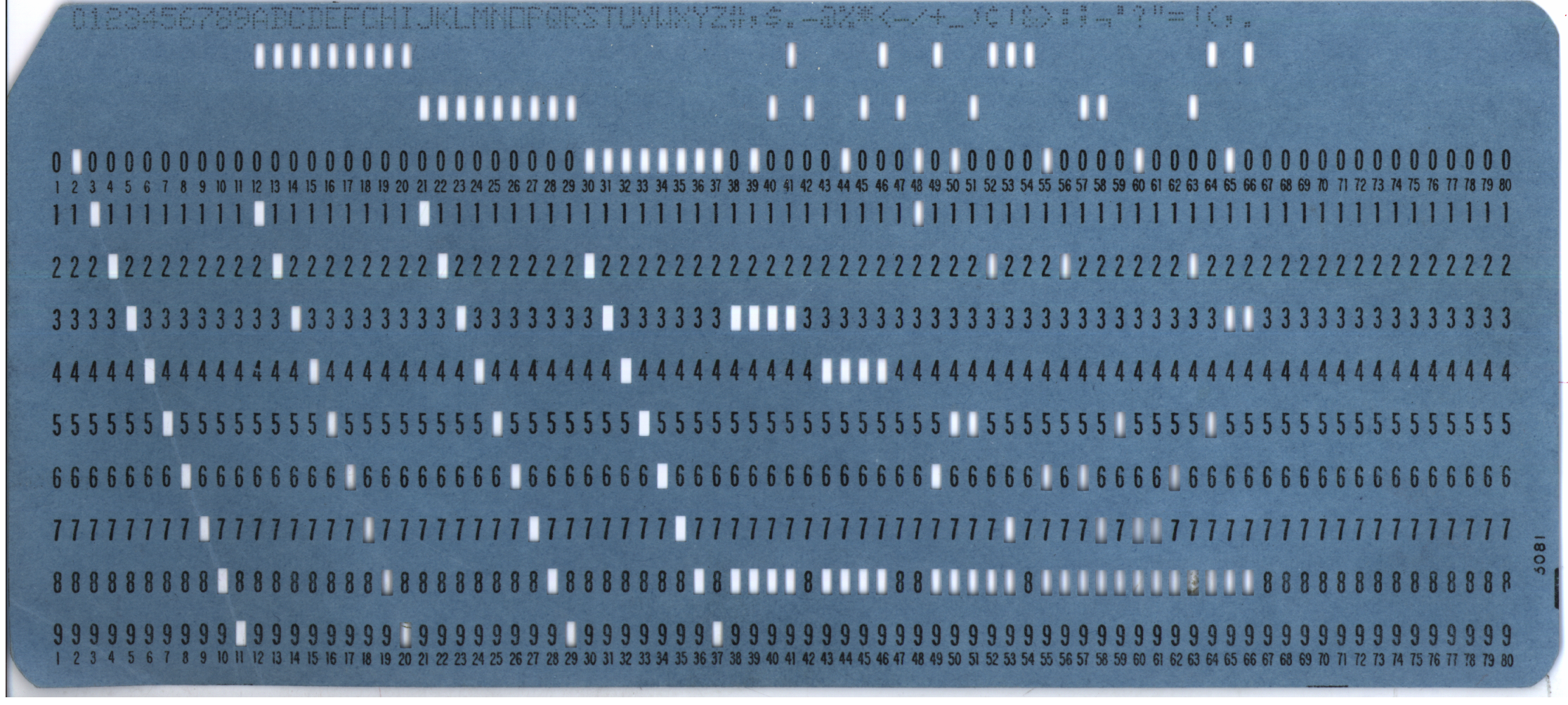
EBCDIC, or Extended Binary Coded Decimal Interchange Code, played a similar role on IBM mainframes and midrange computers. Its 8 bits could hold bigger alphabets than ASCII's 7 bits (Source: public domain)
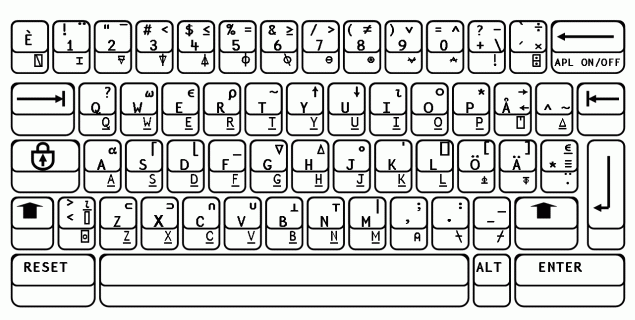
A theoretical prototype of a keyboard for APL (Source: Wm313, sharealike)
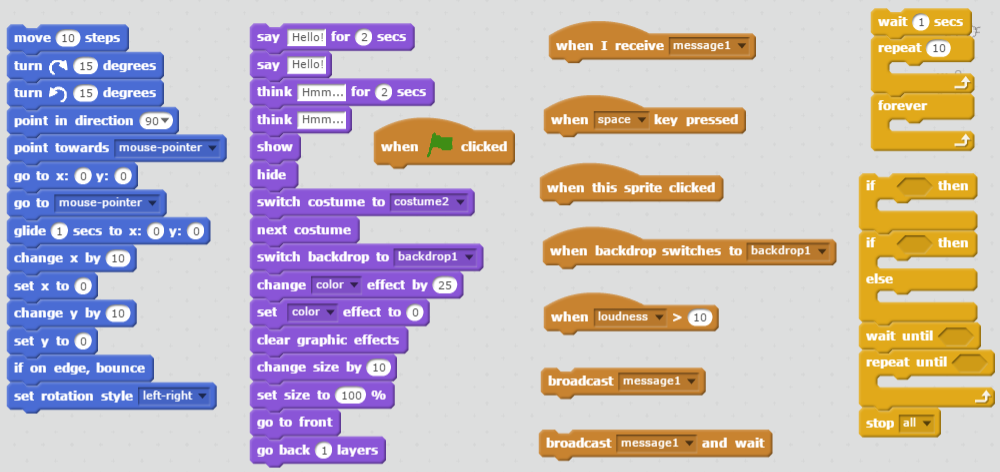
Scratch uses colour-coded visual symbols as its alphabet (Source: MIT, sharealike)
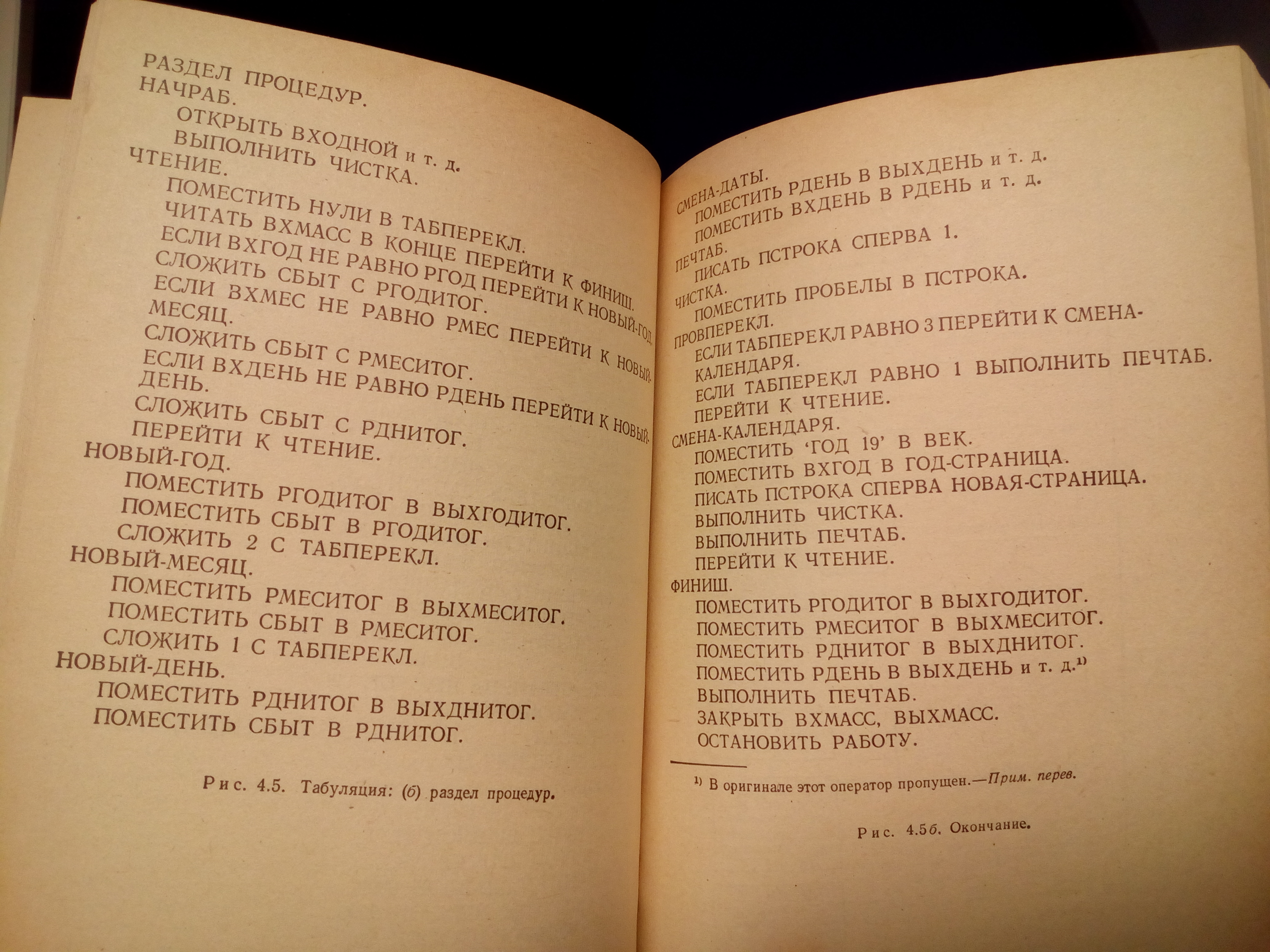
COBOL translated to Russian, from L. Coddington's Quick Cobol, 1971/1974 (photo taken by @grammarware)
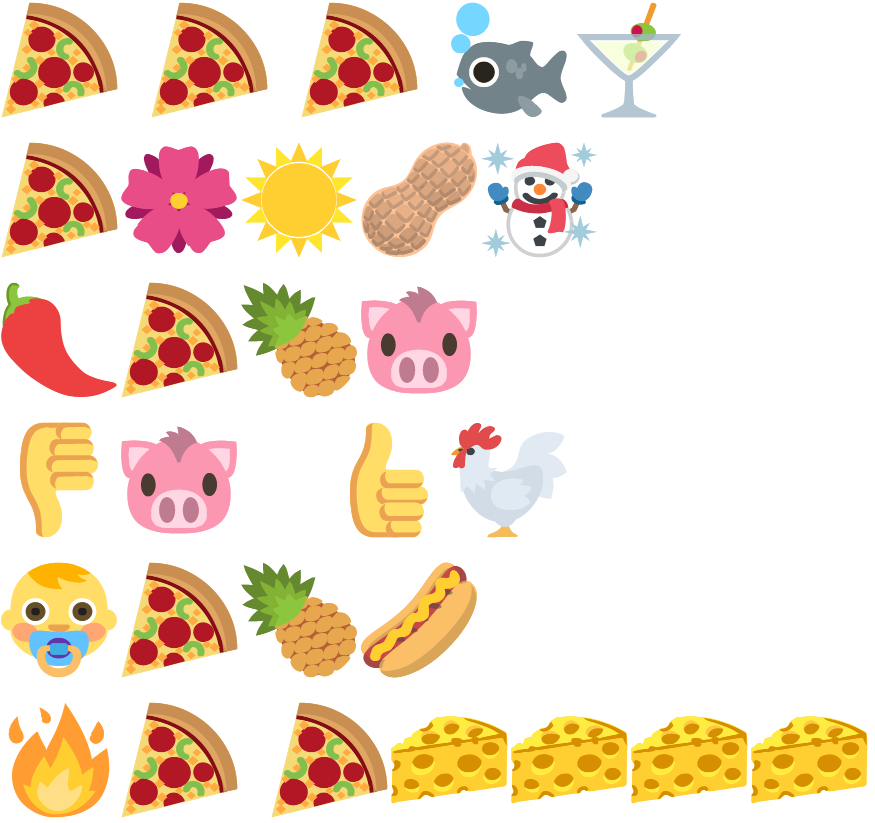
At Hackers & Designers Summer Academy 2015 participants designed a language for ordering pizza with emojis (photo taken by @grammarware)

